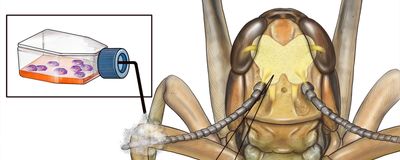Login
Subscribecell culture
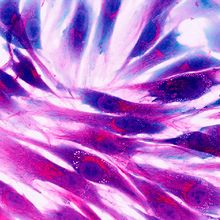
Mimicking Tissue Mechanics for Better Wound Healing Models
Deanna MacNeil, PhD | Mar 24, 2023 | 3 min read
Using a 3D culture system that imitates fatty tissue, researchers developed a simpler process to study mesenchymal stem cell aging and tissue regeneration.
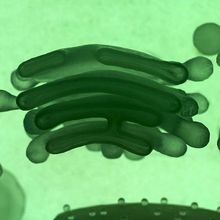
Post-Translational Control: The Next Step in Synthetic Circuits
Deanna MacNeil, PhD | Feb 27, 2023 | 3 min read
Researchers engineer a protease-mediated post-translational path faster than gene switches for processes that need to happen quickly, such as insulin release.
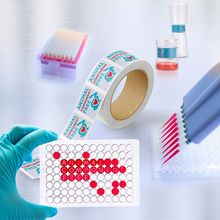
Animal Component-Free Reagents Unleash Cell Culture’s True Potential
The Scientist’s Creative Services Team and MilliporeSigma | 3 min read
The latest synthetic and chemical reagents offer researchers more flexibility, stability, and consistency when working with their cells.
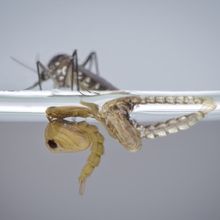
In Vitro Malaria Sporozoite Production May Lead to Cheaper Vaccines
Katherine Irving | Jan 20, 2023 | 4 min read
A method for culturing the infectious stage of the Plasmodium lifecycle could increase malaria vaccine production efficiency by tenfold, study authors say.
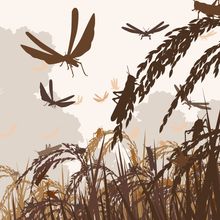
Scents and Sense-Abilities: Using Bug Brainpower to Smell Cancer
Iris Kulbatski, PhD | Dec 12, 2022 | 4 min read
Scientists use locust brains as living biosensors to perform cancer cell breath tests.

Rapid Recovery in Cell Culture Incubators
Baker and The Scientist’s Creative Services Team | 3 min read
How to maintain cell culture conditions for enhanced sample safety.
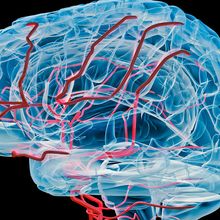
ApoA1 Identified as a Novel Target for ALS Therapy
Jennifer Zieba, PhD | Dec 12, 2022 | 3 min read
Researchers found that the ApoA1 protein can restore ALS epithelial cell survival in vitro.
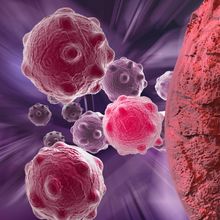
Cancer Cells Gather Speed in Thicker Fluids
Holly Barker, PhD | Nov 22, 2022 | 4 min read
Viscous solutions accelerate the migration of tumor cells and may enable metastasis, according to a new study.

Versatile and Sustainable: Cell Counting for the 21st Century
The Scientist’s Creative Services Team and DeNovix Inc. | 3 min read
Discover how the latest cell counting technology is reshaping a mundane task for the future.
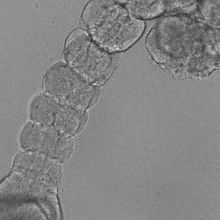
Reconstructing How the Spine Takes its Shape
Nele Haelterman, PhD | Aug 5, 2022 | 3 min read
Marina Sanaki-Matsumiya figured out how to grow human somites in a dish through a process that mirrors the tissue’s development in the embryo.
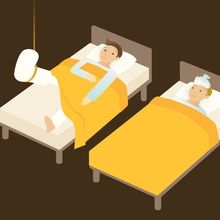
Antioxidants Put the Pep Back in One’s Step
Niki Spahich, PhD | Jun 13, 2022 | 3 min read
Delivering antioxidants via extracellular vesicles to atrophied muscles restores them during rehabilitation.
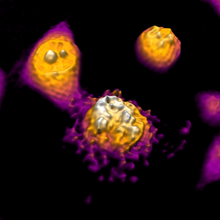
Observing Cells in Their Natural State with Digital Holographic Cytometry
The Scientist’s Creative Services Team and Phase Holographic Imaging | 3 min read
Technological and engineering advances let researchers delve deeper into cell function and behavior in physiological and pathological settings.
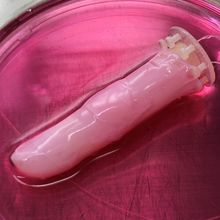
Robot Finger’s Living Skin Stretches, Heals Like the Real Thing
Christie Wilcox, PhD | Jun 10, 2022 | 2 min read
Researchers in Japan have given a plastic robot finger a layered coating made from actual, living skin cells. Next, they aim to add hair and sweat glands.
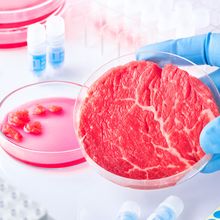
Removing the Animals from Lab-Grown Meat
Niki Spahich, PhD | May 9, 2022 | 3 min read
Growing meat in a laboratory may seem like science fiction, but researchers around the world are perfecting the culture of animal muscle intended for human consumption.
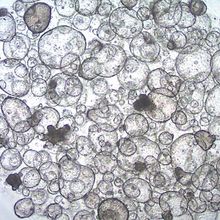
Generating Mini-Guts for Drug Screening
The Scientist’s Creative Services Team and MilliporeSigma | 4 min read
Human gut organoids facilitate precise disease modeling and power high-throughput drug development efforts.
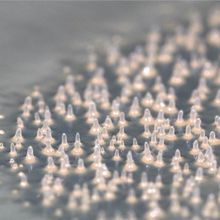
Cancer-like Slime Mold Growth Hints at Multicellularity’s Origins
Natalia Mesa, PhD | Apr 4, 2022 | 4 min read
The poorly understood Fonticula alba, a relative of fungi and animals, hunts bacteria with a mechanism that resembles cancer and fungal growth.
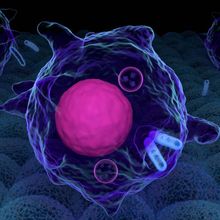
Bacteria Go Dormant to Survive Antibiotics and Restart Infections
Niki Spahich, PhD | Mar 7, 2022 | 3 min read
In Salmonella, two seemingly similar antibiotic survival strategies result from very different molecular mechanisms.
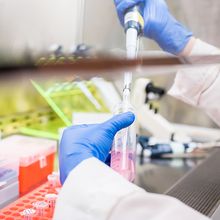
Cell Culture Conquests: Finding and Defeating the Invisible Enemy
The Scientist’s Creative Services Team and MilliporeSigma | 3 min read
Cutting-edge reagents, kits, and techniques provide a robust solution to cell culture mycoplasma contamination.

Cultured Meat Advances Toward the Market
Abby Olena, PhD | Feb 14, 2022 | 8 min read
The biotech industry is chipping away at the obstacles standing between the lab and the dinner plate.
